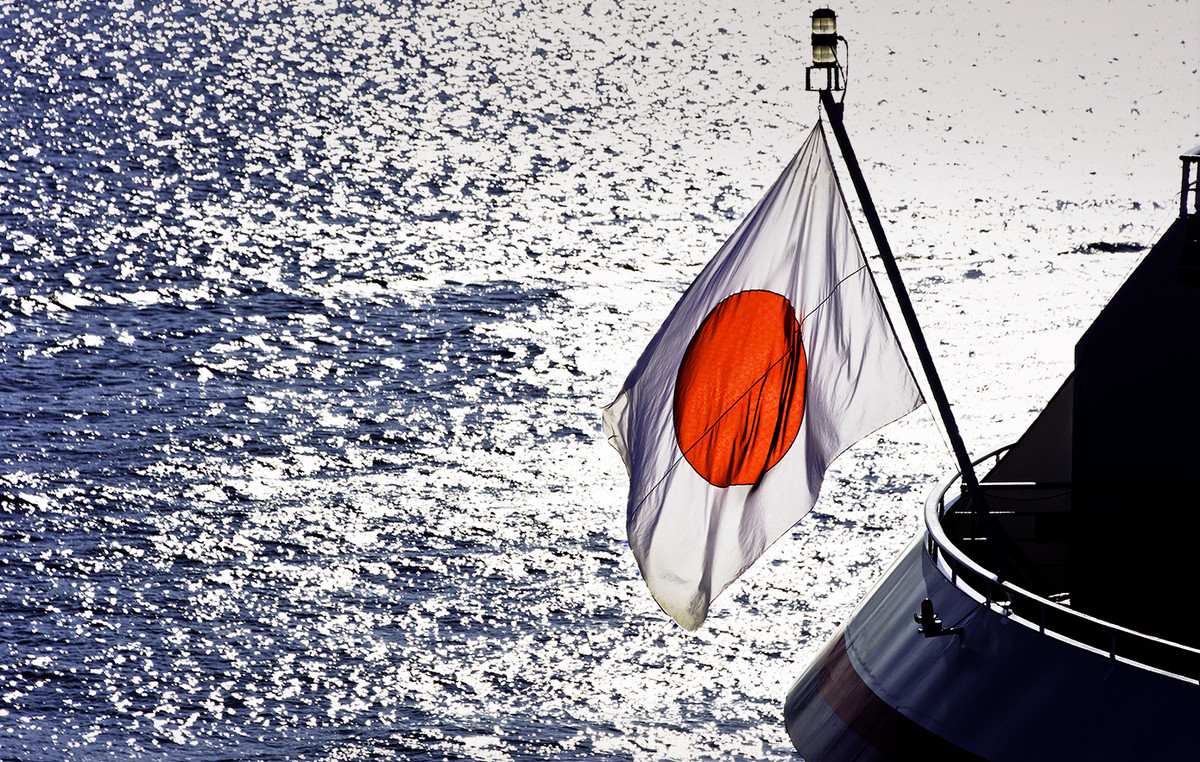scientists from Oswaldo Cruz Foundation (Fiocruz) identified, for the first time in Antarctica, the presence of the fungus Histoplasma capsulatumwhich causes histoplasmosis, a disease that can affect the lungs and lead to death.
The findings were published in the journal Emerging Infectious Diseases (EID journal), from the Centers for Disease Control and Prevention (CDC), in the United States, in one of the first scientific articles of the Fioantar project, from Fiocruz on the continent.
“This finding highlights the need for surveillance on emerging agents of systemic mycoses and their transmission between regions, animals and humans in Antarctica,” the article reads.
Although it is a cosmopolitan disease with a global impact, histoplasmosis is more prevalent in the Americas, being rarely observed in areas with a cold climate. According to experts, the presence of Histoplasma sp. on the Antarctic continent raises questions such as, for example, when it would have arrived on the continent and whether its detection would be related to climate change.
“The possibilities are many. It may have been taken by birds or other animals recently. Or it could be that it has been there since the separation of the continents, and has adapted to the various climate changes suffered by the continent. THE Antarctica it used to be a tropical region. The continent has cooled in the recent geological past,” says Luciana Trilles, a researcher at Fioantar and at the Mycology Laboratory at the Evandro Chagas National Institute of Infectious Diseases (INI/Fiocruz), corresponding author of the article, in a statement.
First author of the article and researcher at Fioantar and at the Mycology Laboratory at INI/Fiocruz, Lucas Machado Moreira does not rule out the role of global warming in the discovery.
“The presence of this fungus in Antarctica can date back thousands of years, however the impact of climate change collaborates both for the increase of areas without ice cover, exposing previously frozen soils, as well as influencing the displacement of air masses, level of seasonal snowfall and the migration of animals, facts that contribute to the dispersion of microorganisms around the world”, he says.
Latin America leads the number of cases
With molecular evidence detected in the soil and feces of penguins on the Potter Peninsula, located in the South Shetland archipelago, in the Antarctic Peninsula, the Histoplasma capsulatum had its DNA sequenced in Fiocruz laboratories, which revealed evidence of the identification of lineages similar to those that exist in Latin America, the region with the highest number of cases of histoplasmosis.
According to Fiocruz, Brazil is one of the affected countries, considered endemic for the disease, with a relevant incidence of cases in all regions. As in Antarctica, the causative agent of the disease, which affects humans and animals, can be found in the soil and in environments rich in bird feces.
The contagion by histoplasmosis happens when inhaling small structures that come off the fungus, which can reach the alveoli in the lungs and cause pneumonia. The infection can be restricted to the lungs or enter the bloodstream and affect other organs. According to the Fiocruz researcher, depending on the region or the group of patients, the lethality can exceed 40%.
The samples used in the study were collected by scientists in the summer of 2020 at the Potter Peninsula, an Antarctic Special Protection Area (Aspa), on King George Island. There, the fungus found an ideal environment for proliferation, rich in nitrogen due to the presence of bird feces.
“Considering the ability of the species to cause life-threatening epidemics and the intensification of human presence on the continent, identifying and monitoring fungi in various habitats and Antarctic animals becomes a fundamental strategy for monitoring emerging systemic mycoses and the flow of these agents. between regions, animals and humans”, says the article.
DNA samples from different Antarctic substrates were extracted and submitted to a molecular diagnostic method of high sensitivity and specificity. “Our idea now is to monitor the presence of this fungus and expand to other areas, islands and Antarctic regions. And look for other agents that can cause diseases”, explains Luciana.
In a second step, Fioantar researchers should try to isolate the fungus itself.
antarctic flow
Antarctica receives migratory animals and a considerable number of tourists annually. Added to air displacement and seasonal snow, this flow contributes to the dispersion of fungi and other microorganisms. Fungi, bacteria and viruses can be carried to the frozen continent by humans and animals. The same happens in reverse for South America and other continents.
“This discovery reinforces the importance of our presence in Antarctica. The idea of the project from the beginning was to carry out surveillance of etiological agents on the continent, to be able to identify new or already known pathogenic organisms and monitor the dispersion of these pathogens around the world”, adds Lucas.
“With regard to fungal diseases, the idea of the project is to investigate all etiological agents of systemic mycosis. Because they are agents that cause diseases of great impact on public health, especially in Brazil. It is also the objective of our project to understand how Antarctica influences public health in Brazil. Finding this fungus that exists here and there is a strong indication that monitoring studies need to be carried out on a constant basis”, he adds.
In addition to Lucas and Luciana, Márcia Chame, Martha Lima Brandão, Adriana Marcos Vivoni, Juana Portugal and Bodo Wanke, from Fioantar, as well as Wieland Meyer, from Sydney University, Australia, participated in the study. Specializing in infectious and parasitic diseases, with a primary focus on systemic mycoses, Bodo Wanke passed away on July 22, 2021.
Fioantar is part of the Brazilian Antarctic Program, led by the Interministerial Commission for Sea Resources (Cirm), of the Brazilian Navy. The project was approved in a public notice issued by the National Council for Scientific and Technological Development (CNPq), of the Ministry of Science, Technology, Innovation and Communications (MCTIC), in December 2018, with an expected duration of four years, from 2019 to 2023.
(With information from Fiocruz News Agency)
Source: CNN Brasil
I am an experienced journalist and writer with a career in the news industry. My focus is on covering Top News stories for World Stock Market, where I provide comprehensive analysis and commentary on markets around the world. I have expertise in writing both long-form articles and shorter pieces that deliver timely, relevant updates to readers.







